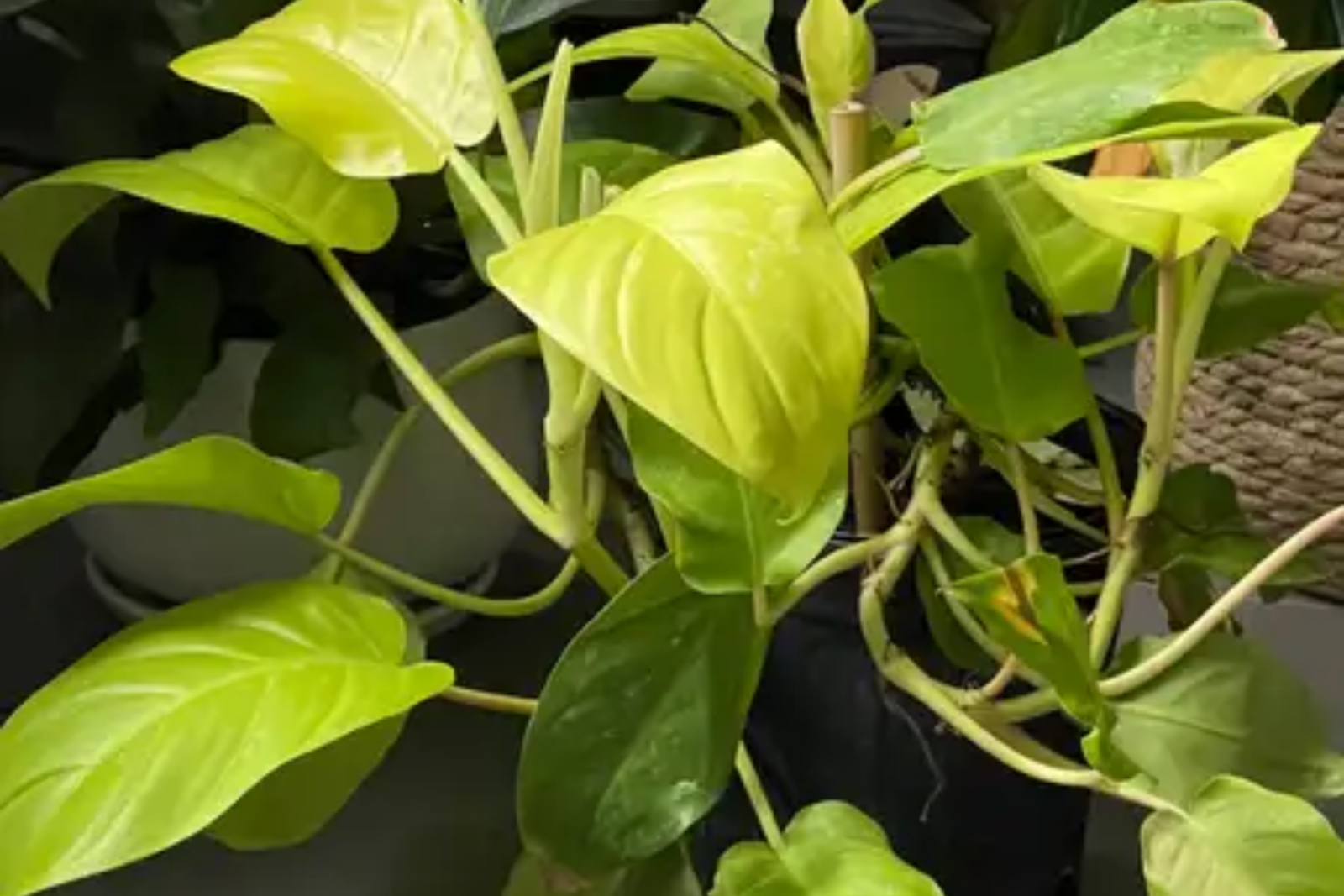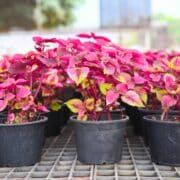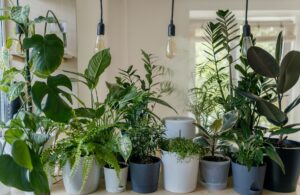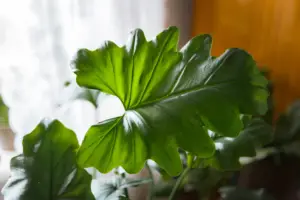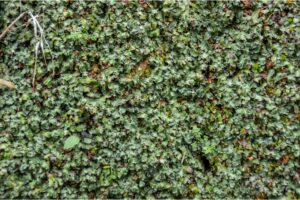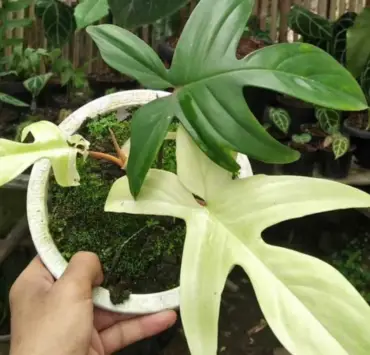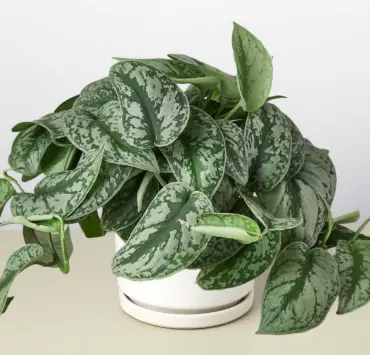Philodendron Ceylon Beauty has gained immense popularity among plant enthusiasts for its lush, velvety foliage and easy-to-maintain nature.
We have an in-depth look into the world of Philodendron Ceylon Beauty, exploring its history, ideal growing conditions, and care requirements, along with tips for propagation and common issues that may arise during its growth.
Let’s delve into the captivating world of this exotic indoor plant.
History and Origin
Philodendron Ceylon Beauty is a hybrid variety of Philodendron, a genus that includes more than 450 species native to the tropical regions of Central and South America. The Philodendron Ceylon Beauty is thought to have originated in the island nation of Sri Lanka, formerly known as Ceylon, which gives the plant its name. This hybrid is a result of crossing two Philodendron species, combining their desirable characteristics to create a plant with stunning foliage and a strong, adaptable nature.
The Philodendron genus has a rich history dating back to the late 18th century when the first species were discovered and documented. Over time, botanists and horticulturists have continued to study and cultivate new species and hybrids, leading to the vast array of Philodendrons available today. Their adaptability to indoor environments has made them a popular choice for homes and offices worldwide.
Appearance
The Philodendron Ceylon Beauty boasts large, heart-shaped leaves that have a unique velvety texture. The leaves are deep green in color, with a slightly lighter hue on the underside, and feature prominent, well-defined veins. The plant’s leaves grow in a climbing or trailing manner, making it an excellent candidate for hanging baskets, trellises, or as a statement piece on a shelf or tabletop.
Mature Philodendron Ceylon Beauty plants can reach lengths of up to 4-6 feet, while the leaves themselves can grow to be around 8-12 inches long. The plant’s growth rate is moderate, and with proper care, it can become a magnificent centerpiece in any indoor space.
Ideal Growing Conditions
Light
Philodendron Ceylon Beauty thrives in bright, indirect light. Direct sunlight can scorch its delicate leaves, causing them to turn yellow and become damaged. If possible, place the plant near a north or east-facing window to ensure consistent, filtered light throughout the day. If your space lacks adequate natural light, consider supplementing with a grow light to provide the necessary light intensity for healthy growth.
Temperature
This tropical plant prefers warm temperatures, ideally between 65°F and 80°F (18°C and 27°C). It is sensitive to cold drafts and temperatures below 55°F (13°C), which can lead to leaf damage or stunted growth. Avoid placing the plant near air conditioning vents or drafty windows, as fluctuations in temperature can cause stress to the plant.
Humidity
As a tropical plant, Philodendron Ceylon Beauty enjoys high humidity levels. Aim for 60% or higher humidity, either by placing a humidifier nearby or using a pebble tray filled with water. Another method to increase humidity is misting the plant’s leaves with distilled water, although this should be done sparingly to avoid potential fungal issues.
Care Requirements
Watering
This plant prefers to be kept consistently moist but not waterlogged. Water your Philodendron Ceylon Beauty when the top 1-2 inches of soil feel dry to the touch. Reduce watering frequency during the winter months, as the plant’s growth slows down. It’s essential to use well-draining pots with drainage holes to prevent water from accumulating at the bottom, which can lead to root rot.
Soil
well-draining potting mix is essential to prevent root rot. Use a mix that contains peat moss, perlite, and vermiculite, or add some orchid bark or coco coir to improve aeration. This combination ensures that excess water drains away from the plant’s roots, reducing the risk of root rot while retaining the necessary moisture for healthy growth.
Fertilization
Fertilize your Philodendron Ceylon Beauty every 4-6 weeks during the growing season (spring and summer) using a balanced, water-soluble fertilizer diluted to half strength. Do not fertilize during the dormant winter months. Alternatively, you can use a slow-release fertilizer, which will gradually provide nutrients over several months.
Pruning
Regular pruning encourages bushier growth and maintains a manageable size. Remove any yellowing or damaged leaves and trim back leggy stems to encourage new growth. Pruning is also an excellent opportunity to inspect your plant for any signs of pests or disease.
Repotting
Repot your Philodendron Ceylon Beauty every 2-3 years, or when the roots begin to outgrow the pot. Choose a new pot that is 1-2 inches larger in diameter than the current one. Be gentle when repotting, as the plant’s roots can be delicate.
Propagation
Philodendron Ceylon Beauty is easily propagated through stem cuttings. Take a cutting with at least one or two leaves and a node, and place it in water or moist potting mix. Roots should begin to form within a few weeks, at which point the cutting can be transplanted into a new pot. To improve the chances of successful propagation, consider using a rooting hormone to stimulate root development.
Another method of propagation is air layering, which involves wounding the stem, wrapping it with moist sphagnum moss, and enclosing the area in plastic wrap to retain moisture. Once roots begin to form, the stem can be cut below the rooted section and potted in its own container.
Common Issues and Solutions
Yellowing leaves
This could be a sign of overwatering or exposure to direct sunlight. Ensure that the plant receives indirect light and adjust your watering schedule to prevent waterlogged soil.
Brown leaf tips
This issue can be a result of low humidity or underwatering. Increase the humidity around the plant and monitor the soil moisture to ensure it remains consistently moist.
Pests
Philodendron Ceylon Beauty is susceptible to common indoor plant pests like mealybugs, spider mites, and scale insects. Keep an eye out for these pests, and treat infestations with insecticidal soap or neem oil.
Leggy growth
If your plant becomes leggy or spindly, it may not be receiving enough light. Relocate it to a brighter spot with filtered sunlight to encourage more compact growth.
Disease
Philodendron Ceylon Beauty is generally resistant to most diseases; however, it can still be affected by root rot and bacterial or fungal infections. Proper watering, good air circulation, and cleanliness are crucial in preventing these issues.
Philodendron Ceylon Beauty is an exceptional addition to any indoor plant collection, with its striking foliage and relatively low-maintenance nature. By providing the ideal growing conditions, proper care, and addressing any potential issues, you can ensure that your Philodend
